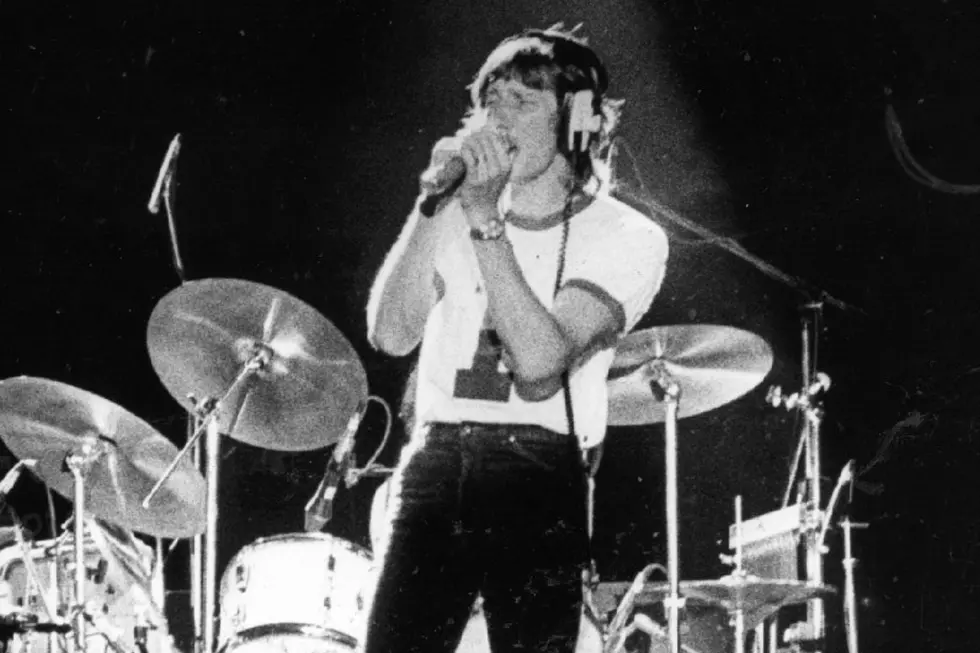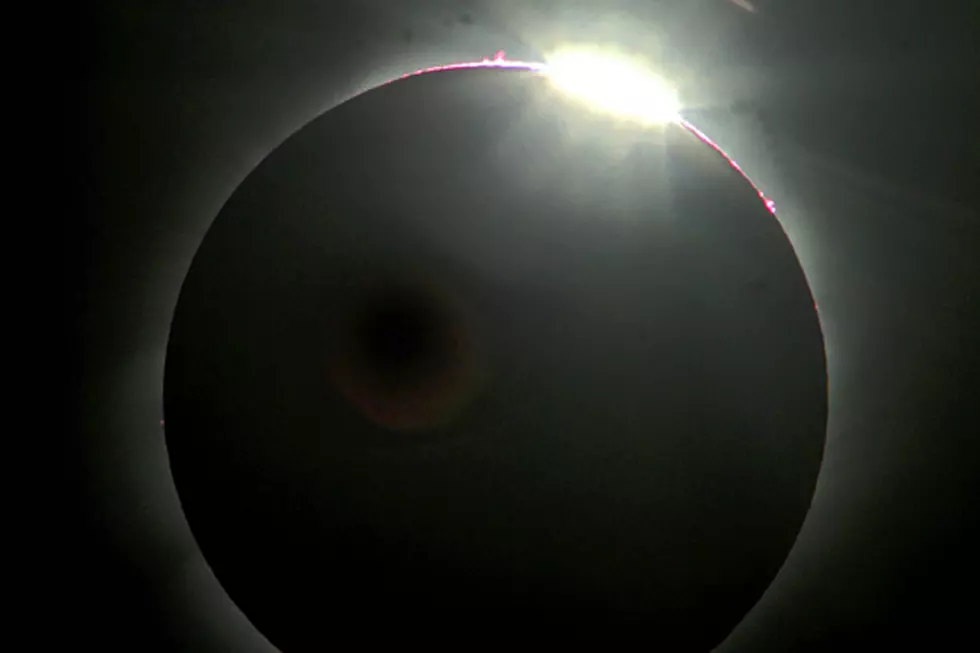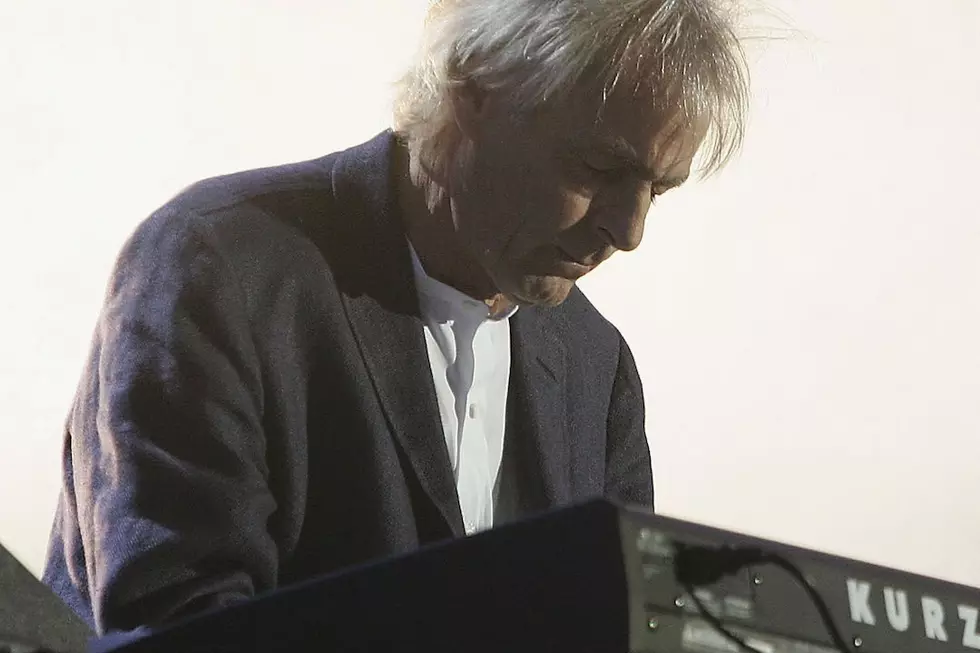
How Pink Floyd Built ‘The Wall,’ Brick by Brick
Roger Waters was already starting to live the life of an isolated rock star by the time he began working on Pink Floyd's The Wall in 1978. The band's last tour, in support of 1977's Animals, was pretty much a catastrophe as Waters saw it, with unruly and disruptive audiences more concerned with setting off firecrackers and chatting rather than listening to the group onstage.
Things got so bad, Waters ended up spitting in a fan's face at one show. So by the time he started working on the follow-up to Animals, it had become increasingly clear that he didn't want to be the sacrificial rock star he had turned into. Night after night during Floyd's In the Flesh tour in 1977, Waters coped by imagining a wall between himself and the audience. It became the central theme of the band's next record, another concept album: This one was about isolation, abandonment and the never-healing scars, both mental and physical, inflicted during childhood. Plus a whole lot more.
The Wall pretty much turned into Waters' project. Of the 26 songs spread out over the four sides of the original double album, only four of them feature a co-writing credit: "Young Lust," "Comfortably Numb" and "Run Like Hell" (which are among the album's most accessible tracks and all collaborations with guitarist David Gilmour, who also takes lead vocals on two of them), and "The Trial," which gives credit to co-producer Bob Ezrin. Everything else – the words, the music, the story – are Waters'.
And what a story it is. Rock star Pink (based on Waters, with a little bit of Syd Barrett tossed in) lost his dad in World War II and was raised by his smothering, overprotective mother. His school years were total hell, rife with beatings and emotional torture. By the time he becomes a huge star, a life of rampant drug use, mistrust and isolation is already set in place. His total collapse results in an onstage breakdown and, eventually, the tearing down of the protective wall he built around himself.
After exploring similar subjects on their three previous albums – Animals, 1975's Wish You Were Here and 1973's The Dark Side of the Moon – Pink Floyd went all in on The Wall. You can hear it in Waters' voice, which aches with pain and anger throughout. You can hear it in the music, which swerves from full-on assaulting rock to barely whispered late-night pleas to children's-choir singalongs dismantling the education system.
And you can hear it in the words to Waters' most personal project. There's a lifetime of hurt and rage here, and like Pete Townshend's rock opera for the Who from 10 years earlier, Tommy, it's an exorcism of demons that have haunted its creator for decades.
Listen to Pink Floyd's 'Another Brick in the Wall'
Behind the scenes, Waters took control of the project, and ended up damaging his already-fractured relationship with his bandmates in the process. The four members were rarely in the studio together. And by the end of the months-long recording sessions, keyboardist Richard Wright was out of the band altogether (although he was later hired as a touring musician when Pink Floyd played a handful of concerts in support of the album).
But none of this mattered much to fans. When The Wall was released at the end of November 1979, it almost immediately shot to the top of the chart, staying at No. 1 for 15 weeks, the longest run of their career (technically, The Dark Side of the Moon has outsold it, but because The Wall was a double album, its two records each count toward platinum sales, so it has sold 23 million copies against Moon's 15 million). It also gave the band its only No. 1 single in "Another Brick in the Wall Part II," which stayed at the top of the chart for four weeks.
Because of the scope of the production (which included a real-life gigantic wall to be built onstage each night), as well as Waters' aversion to going back on the road, the tour in support of the album was limited to just a few cities, including Los Angeles and London. In 1982, a movie version of the album's narrative was released starring Boomtown Rats frontman Bob Geldof in the role of Pink.
In 1983, Pink Floyd released The Final Cut, a sort-of sequel to The Wall that was more or less a Waters solo album. Within two years, Waters was gone for good. And the remaining members of Floyd – Gilmour, drummer Nick Mason and a returning Wright – carried on without their creative spark. Waters himself revived The Wall as a solo tour in 2010 after a one-off staging at the site of the fallen Berlin Wall in 1990.
Even with its huge standing upon its release in 1979, the album's legacy has continued to grow. It remains one of rock's greatest and most fully realized concept albums. In the end, though, like the wall Waters' Pink character built brick by brick, The Wall constructed a divide between Waters and his bandmates, and it effectively put an end to one of rock's most adventurous bands. But in return, Pink Floyd delivered a work of stunning intimacy and depth. All these years later, there's still nothing quite like it.
Top 50 Progressive Rock Albums
When Alice Cooper Got Stoned with Pink Floyd
More From Ultimate Classic Rock









